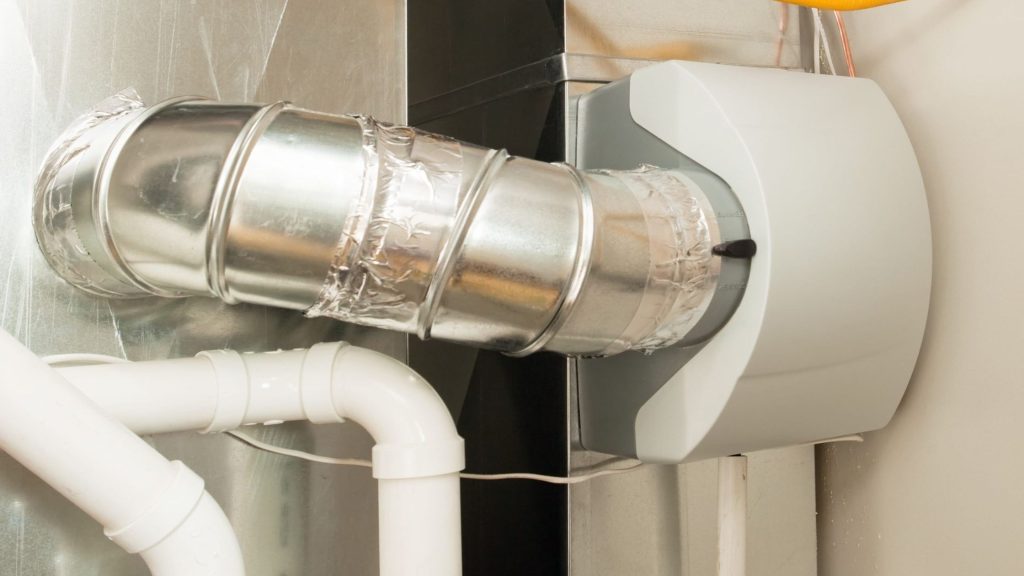There is nothing worse than walking across a carpet in the winter and getting that inevitable ‘zap’ when you reach for the door handle.
What is the cause of this shocking experience? It could be that your furnace doesn’t have a humidifier, keeping the air from getting too dry. Adding humidity to the air can provide a more comfortable living space. But do you need one?
Here are some helpful tips on helping you decide if you need a humidifier for your home or business.
What is a Furnace Humidifier?
When we turn on the heat during the winter, we don’t always think about how drying it can be to the air in our homes. We may notice our hands feeling dry or a tickle in our throat and blame it on the cold air outside when in reality it’s the inside air that is the problem. A furnace humidifier helps control the humidity levels by adding moisture into the air based on the temperature and humidity level in the home.
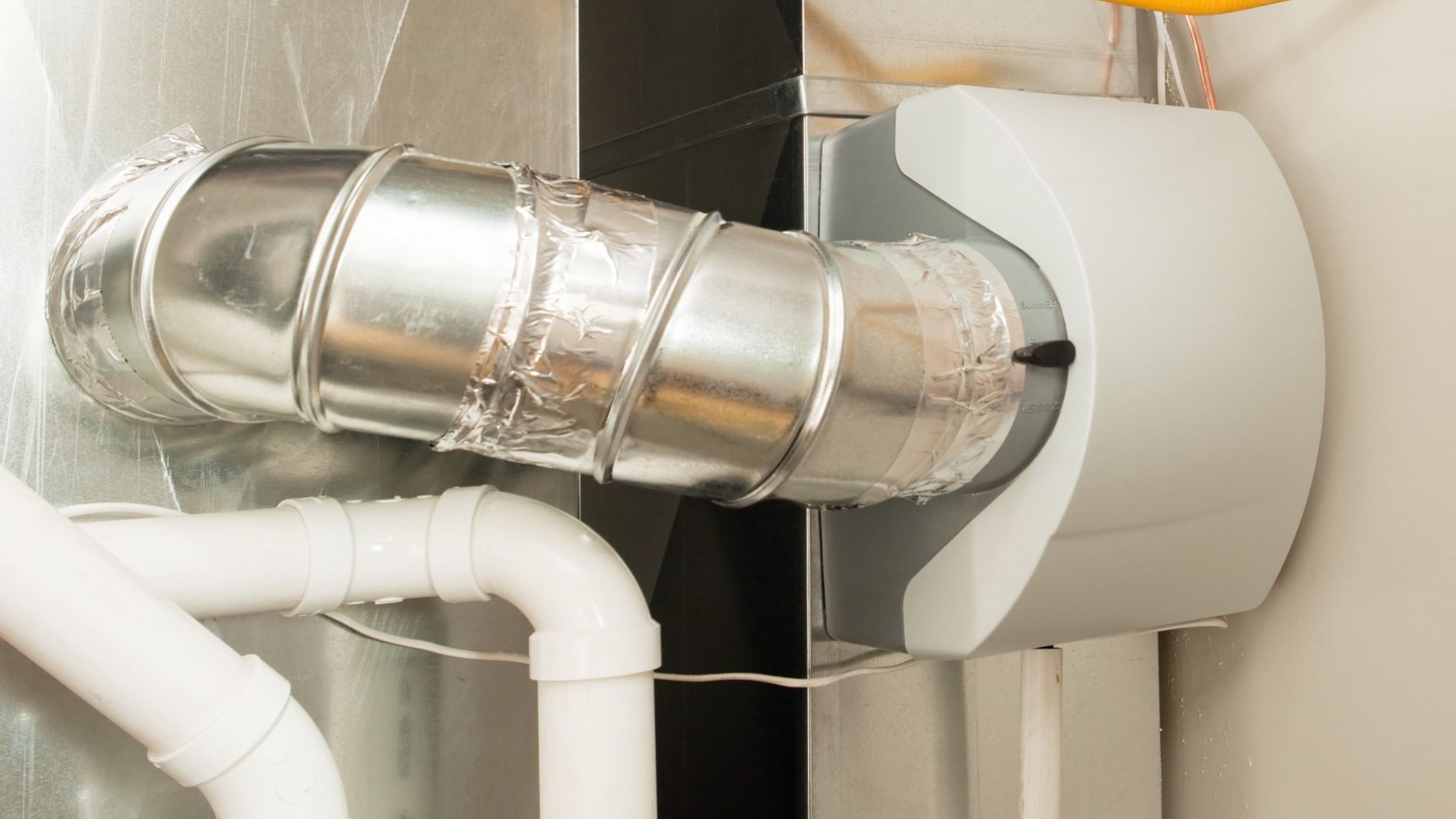
The three most common types of humidifiers are:
- Bypass humidifiers add moisture to warm air through the furnace. These types of humidifiers require a drain bypass and reuse their water supply to reduce water usage.
- Fan Powered Humidifiers use a fan to push the warm air through the water tray to increase moisture. They are also more efficient than bypass humidifiers, producing an additional gallon of moisture a day.
- Steam Humidifiers provide the safest and cleanest humidifier experience. They operate by boiling water to create humidity and push it through the ventilation system.
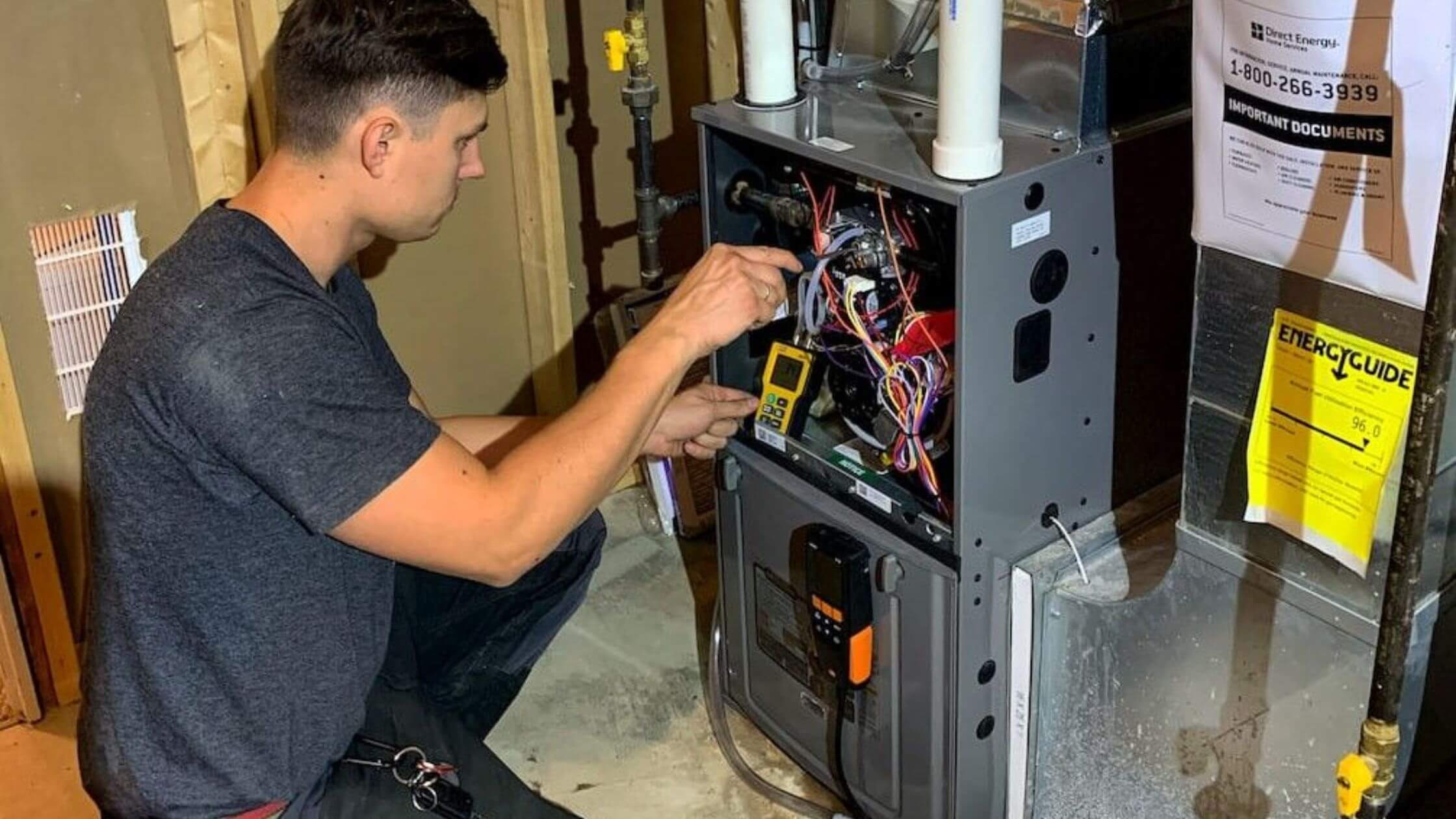
What Does A Humidifier Do?
Humidifiers are a simple solution to keeping your home comfortable during dry or cold weather. A humidifier is usually connected to the HVAC system and adds moisture to the air as needed. This can help alleviate dryness in the air as well as ease the symptoms of allergies and asthma. Factors such as home size and your location can determine the level of moisture you may need. People who live in more temperate areas may not require the same level of moisture as someone who lives in a more northern or dryer climate.

How Do Humidifiers Work?
Humidifiers add either cool or warm moisture into the air. Though there are portable humidifier options, these are often inefficient or too small to provide enough moisture for an entire home. Most homes will require a central humidifier that is connected to the home’s heating and air conditioning. This will provide the right amount of moisture for an entire home rather than a room to room approach.
A humidistat is connected to the system which allows the homeowner to control moisture levels. This provides the most comfortable and healthy air in the home.
Based on the settings, the humidifier will activate when the air becomes too dry, pumping moisture into the system, while other into the system. Other types of humidifiers run continuously and water that isn’t used is drained away.
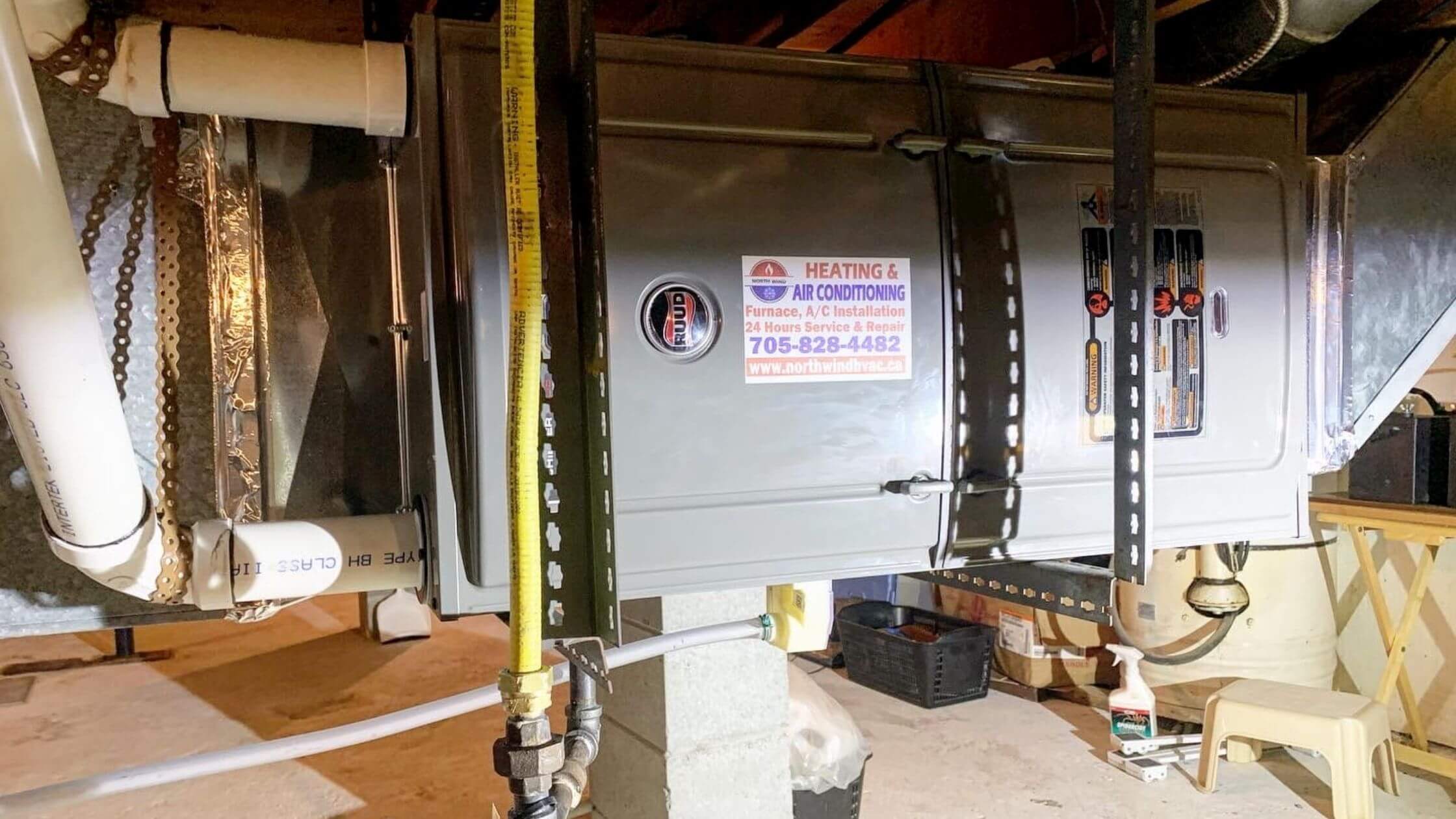
Do Furnace Humidifiers Work?
Humidifiers are a great way to maintain an optimum moisture level in the home. The Mayo Clinic recommends a humidity level of 30% to 50% However, it’s important to evaluate the conditions of your home before installation. Too much moisture can lead to poor breathing quality and mold. A humidifier must also be properly maintained with regular filter changes and cleaning to prevent dirt and sediment buildup in the lines.
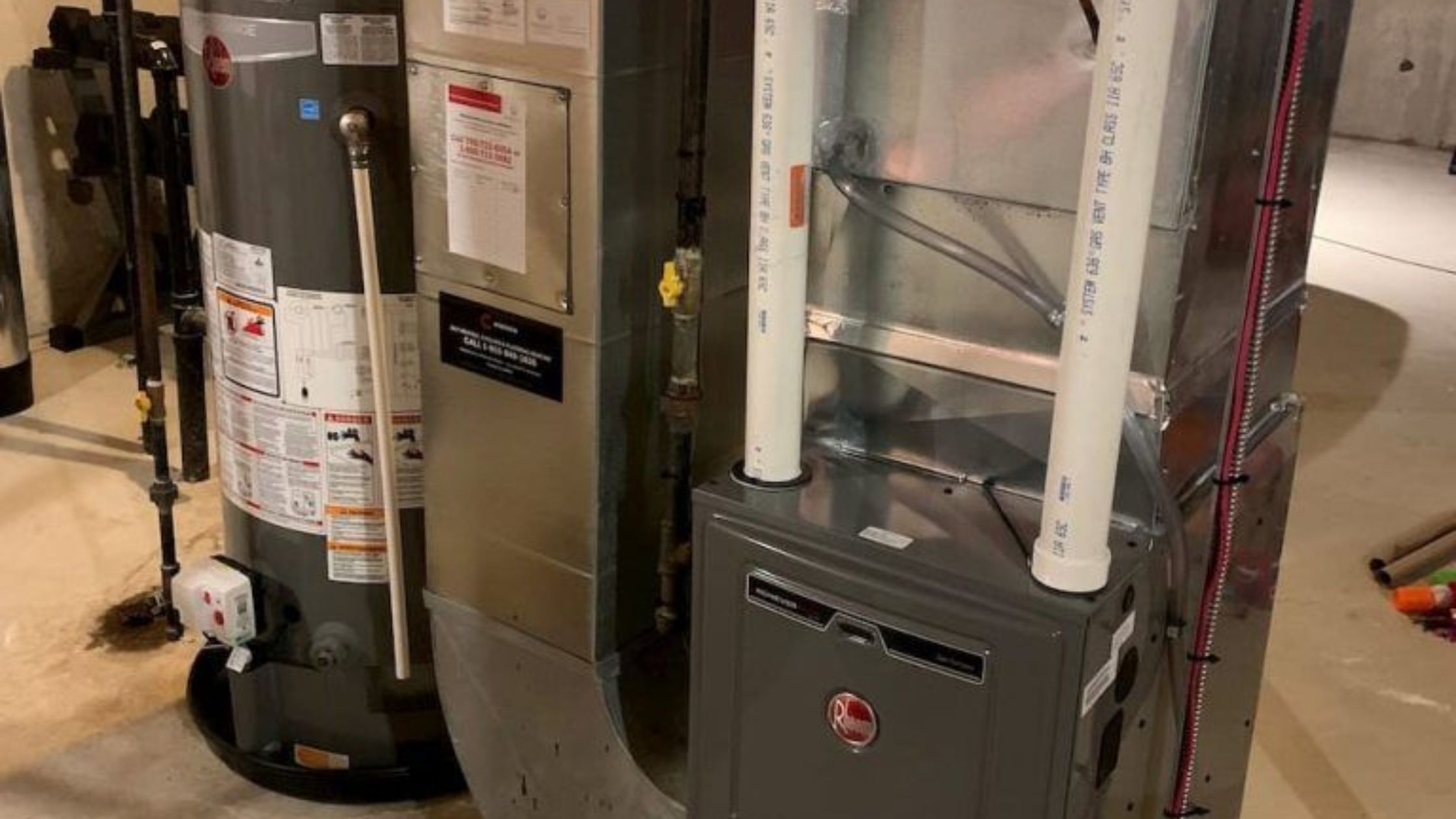
What Are The Advantages Of A Furnace Humidifier?
A humidifier does more than just add moisture into the air, it also helps regulate the temperature in your home. Moist air is warmer than cold air, which means you won’t have to crank up the heat as often saving your money on your heating bill each month.
How Do I Know If I Already Have A Humidifier?
If you are unsure if you have a humidifier, have a look at your furnace system. There should be a small box near the ductwork that has wires and a hose attached. You might also see another small box with a dial to set the humidity levels. If you are not sure, consult with your HVAC expert.
RELATED ARTICLE: Common Furnace Problems & Solutions
